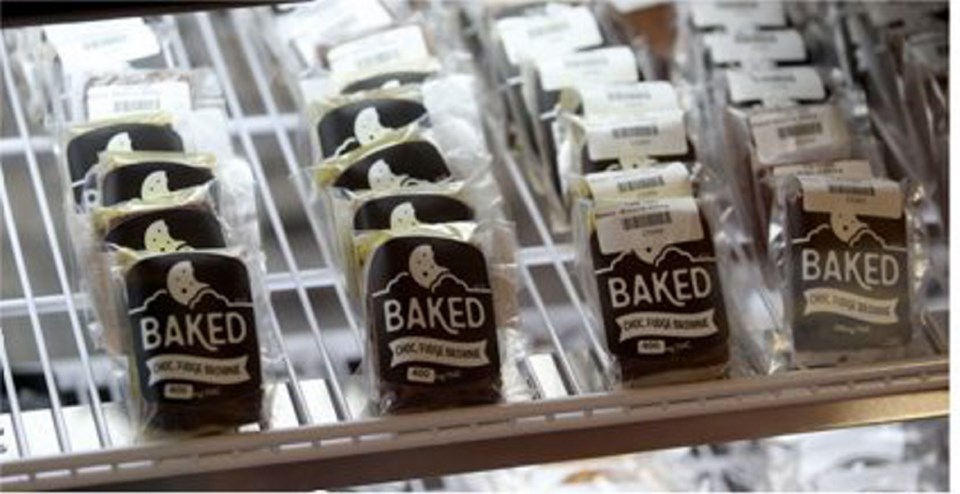It’s easy to feel like a kid in a candy store at some of Victoria’s marijuana dispensaries.
And that’s exactly what worries provincial and regional health authorities.
The enticing psychoactive gummy bears, lollipops, iced sugar cookies, brownies, Rice Krispies squares and cupcakes in a dozen delicious hues, tastes and flavours are definitely not for kids.
“They’re attractive, they taste good and you wouldn’t know you were consuming [marijuana],” said Dr. Richard Stanwick, Island Health’s chief medical officer of health.
“This has been associated with an increase in child hospitalizations in states where marijuana has become legal. The poisonings have shot up as much as six-fold.”
Provincial health officer Dr. Perry Kendall shares Stanwick’s concern about the potential harm to children from marijuana edibles.
“It gets into the wrong hands pretty easily and it really normalizes it,” Kendall said. “And we don’t want it to be commercialized, normalized or attractive and to become part of people’s everyday lives.”
In Colorado, where marijuana edibles are legal, a lot of children have turned up in the emergency room after eating edibles carelessly left around, Kendall said.
“It’s not good for kids to have an overdose. And adults can have an overdose as well.”
Both doctors are concerned that there’s no way to measure the quality or potency of the dosage in edibles.
“You can have a brownie. You eat it. You don’t get high. You eat another piece. You don’t get high because it takes more than an hour to come on through the stomach. By the time it does come on, you realize you’ve taken way too much,” Kendall said.
Consumers have to realize the product is not coming from an approved source, Stanwick said.
“They are putting their faith in the operators of these establishments. And it’s buyer beware.”
According to Stanwick, medicine still has a lot to learn about cannabis to see how it fits into pain control and appetite stimulation.
“Wouldn’t it be nice to know what is an effective dose instead of people just taking what they get and maybe or maybe not getting what they are looking for?”
The dispensaries are not licensed, so they are not inspected.
“Ironically, if you wanted to open a small cookie shop in Victoria, you would immediately get a visit from Island Health, literally the day you opened up, if you hadn’t got your certification,” noted one medical-marijuana industry insider.
“Now, if you decide to do the same thing today and put pot in your cookies, no one will visit you and no one will come and test your product for safety or make sure it’s cooked in an Island Health safe kitchen. I find it ironic from a food-security and public-health point of view.”
In April 2015, 64 people — about 0.3 per cent — of the participants in Vancouver’s 4/20 rally were admitted to St. Paul’s Hospital during the afternoon and evening with nausea, vomiting and dizziness. Patricia Daly, the chief medical health officer at Vancouver Coastal Health, said of those who disclosed what they had taken, 36 consumed edibles, 13 smoked pot and five did both.
The health authority is in favour of legalizing cannabis for medical and recreational use and getting rid of criminal penalties, Kendall said.
“But we would like to see a very restrictive regime that doesn’t commercialize it. You need the constraints around advertising, packaging, warning levels and dosages that tobacco has, but limits where it can be sold. So it would be a more rigid regime than currently surrounds the sale of alcoholic products.”
Kendall would also like to see age and dosing limitations.



